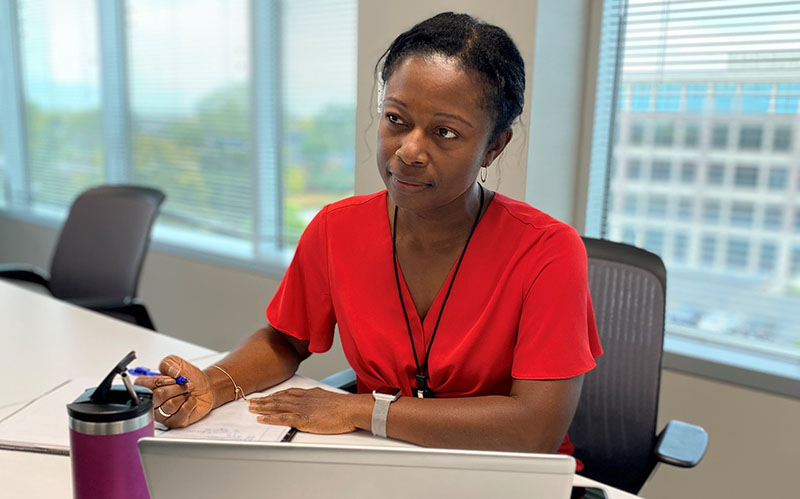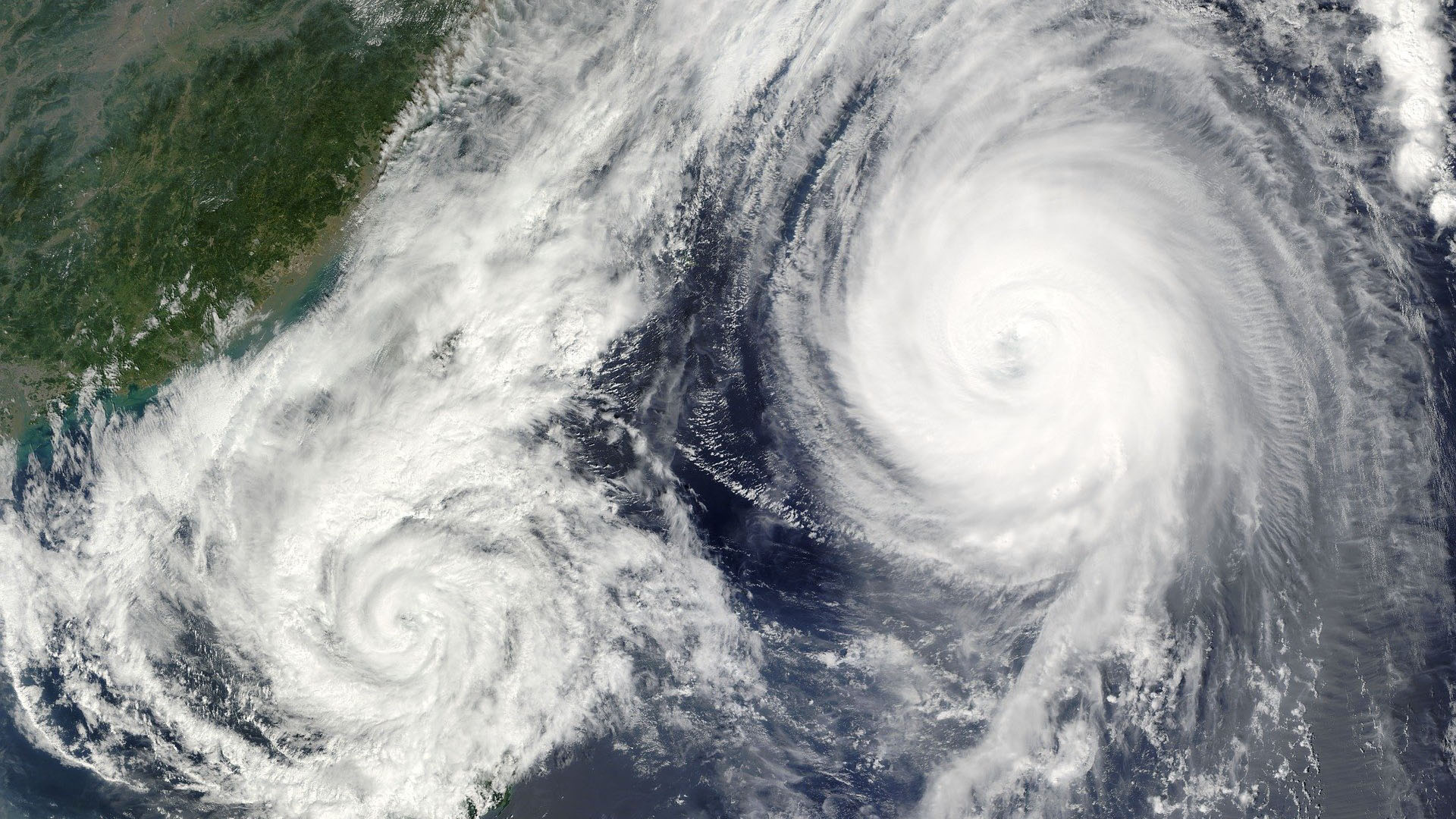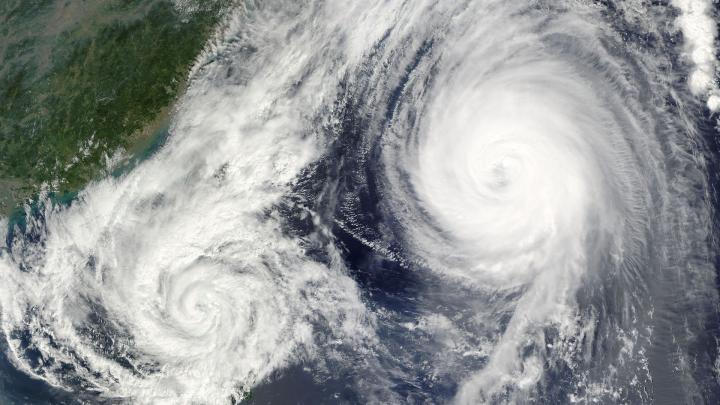It has been that kind of week for Nadine Lajeune. It has been – as if anyone needs another reminder – that kind of year.
“Where are the deadly locusts and the zombies?” she wonders, laughing but not laughing.
Lajeune is the director of business continuity for Walgreens, a role that’s exactly how it sounds: helping 9,277 Walgreens stores continue to do business and be there for customers, no matter what obstacles the world may come up with. In the hours before this interview, Lajeune and a vast network of colleagues were immersed in tackling an initial 79 store closures caused by slow-moving Hurricane Sally, which made landfall along the Gulf Coast that morning. In the moments when she hasn’t been dealing with this hurricane – the second to strike the U.S. in two weeks – she has been managing other calls about poor air quality in wildfire-choked Oregon and Washington. And wedged in among that, she has been giving thought to an entirely different challenge: the possibility of community disturbances related to the November elections, after a summer marked by racial equality protests that in some cases led to damage and looting of Walgreens stores.
All of this in a six-hour slice of a single day. And, still pulsing in the background, there’s the crisis that started it all in 2020: the global COVID-19 pandemic.
September was National Preparedness Month, but for those in key roles such as Lajeune, this might be the All-Time Year of Preparedness.
Did we mention she started in her role in late July and hit the ground running?

“There was one weekend in the last six weeks where it was relatively quiet, but otherwise it has been almost non-stop divide and conquer since I got here,” says Lajeune, a former safety director for Sears Holdings who first caught the bug for safety and emergency response years earlier while working as an environmental chemist. “It’s all about protecting our assets – with the concerns being first our people, then the community, and then our properties. Business continuity, for me, is about doing all of that. We can’t continue and resume our operations unless our people are safe, and we certainly can’t do it if we don’t have a functioning business model, whether that’s e-commerce or the four walls of an open store.”
Think of Lajeune and her team as the air-traffic controllers for Walgreens in times of crisis – the ones who bring departments and leaders together to share information, communicate what they need and figure out the best courses of action. That starts first thing every Monday with meetings between the business continuity, global security and enterprise risk teams and the Walgreens Security Operations Center (SOC) to check the status of current threats, identify new ones and assign a level of seriousness to each. If a situation is especially urgent – a hurricane barreling toward a heavily populated area, for example – Lajeune will activate an emergency coalition of about 75 leaders and experts from the field and support teams. Its members join daily calls and share updates in real time through 24/7 group chats. Depending on the threat, deliveries to stores may need to be rerouted, team members sent home for their safety, generators and emergency supplies brought in. Everyone’s involved, from the affected neighborhoods right up to corporate headquarters.
“If there’s risk, we never want to let our guard down,” Lajeune says. “COVID has become the norm now as we’ve introduced measures to help protect people in our stores, but we’re also still dealing with continued protests around the country and the potential for violence, and while it has been calmer overall recently, it’s unpredictable. And then, of course, it’s also hurricane season, and we know that at any time a major hurricane could affect a significant number of locations.”
Juggling so many big threats at once – both the expected and wildly unexpected – is hectic, but also a fast track in crisis education. Lajeune’s team pays close attention to what works and what doesn’t in order to update “playbooks” that Walgreens can rely on again later.
“I see this as a critical function within a company – kind of like if you’re home, you need to have contingency plans,” Lajeune says. “How do we respond to the crisis, and how do we recover quickly? There are many ways to do it – it’s not just one way. And so it’s never dull. And emergencies themselves are ever-changing.
“This year is a reminder of why we need to keep business continuity top of mind all through the year and not just the several weeks a year when we might face major hurricanes. It has to be something we’re continuously thinking about.”

